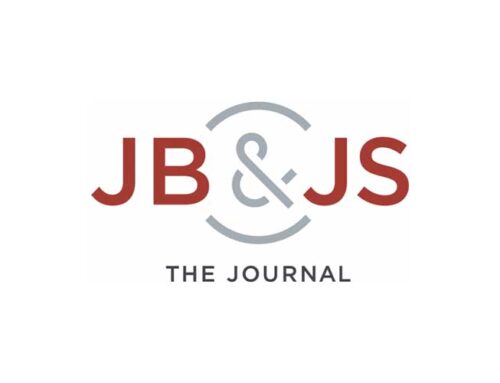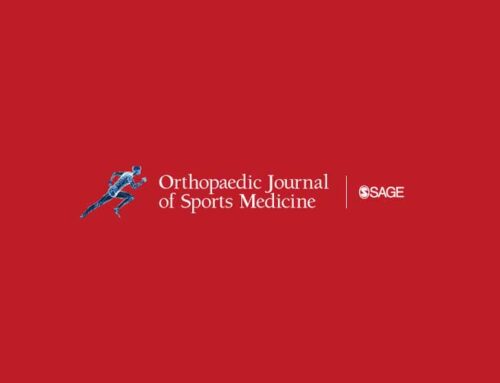PURPOSE:
To identify predictors of achieving clinically significant sport function in athletic patients undergoing hip arthroscopy for femoroacetabular impingement syndrome (FAIS).
METHODS:
Data were analyzed for all patients who treated for FAIS between 2012 to 2016 and reported being athletes, including recreational and competitive athletes. All patients had a minimum of 2-year follow-up with patient-reported athletic function in the form of the Hip Outcome Score-Sport Specific (HOS-SS), visual analog score-pain, and patient satisfaction. Achieving clinically significant sports function was defined as either reaching the minimally clinical important difference (MCID) or the patient acceptable symptomatic state (PASS) for HOS-SS at 2-year follow-up. An exploratory factor analysis was used to determine specific domains for the predictor variables and to reduce the redundancy in these variables. A ogistic regression analysis was used to identify significant predictors of achieving clinically significant sports function.
RESULTS:
Of 780 qualifying patients, 626 completed the 2-year minimum follow-up (80%), with a mean age and body mass index of 31.6 ± 11.9 years and 24.6 ± 8.6, respectively. A total of 500 patients (86.5%) achieved high functional status, with 77.9% achieving MCID HOS-SS and 68.7% achieving PASS HOS-SS. Logistic regression analysis identified increased the α angle (odds ratio [OR] 0.976; P = .027), preoperative pain duration (OR 0.729; P = .011), and body mass index (BMI) (OR 0.919; P = .018), as well as the presence of femoral chondral defects (OR 0.769; P = .013), as negative predictors for achieving MCID. Negative predictors for achieving PASS HOS-SS included the presence of a preoperative limp (OR 0.384; P = .013), anxiety or depression (OR 0.561; P = .041), and increased BMI (OR 0.945; P = .018) and preoperative pain duration (OR 0.987; P < .001).
CONCLUSIONS:
Several predictors of achieving clinically significant sport function performance exist, including a history of anxiety or depression, BMI, preoperative α angle, limp, femoral chondral damage, *and preoperative symptom duration. Our results suggest there are both modifiable and nonmodifiable preoperative factors that have the potential to predict achieving high athletic function after hip arthroscopy for FAIS.
LEVEL OF EVIDENCE:
IV, Case Series.



